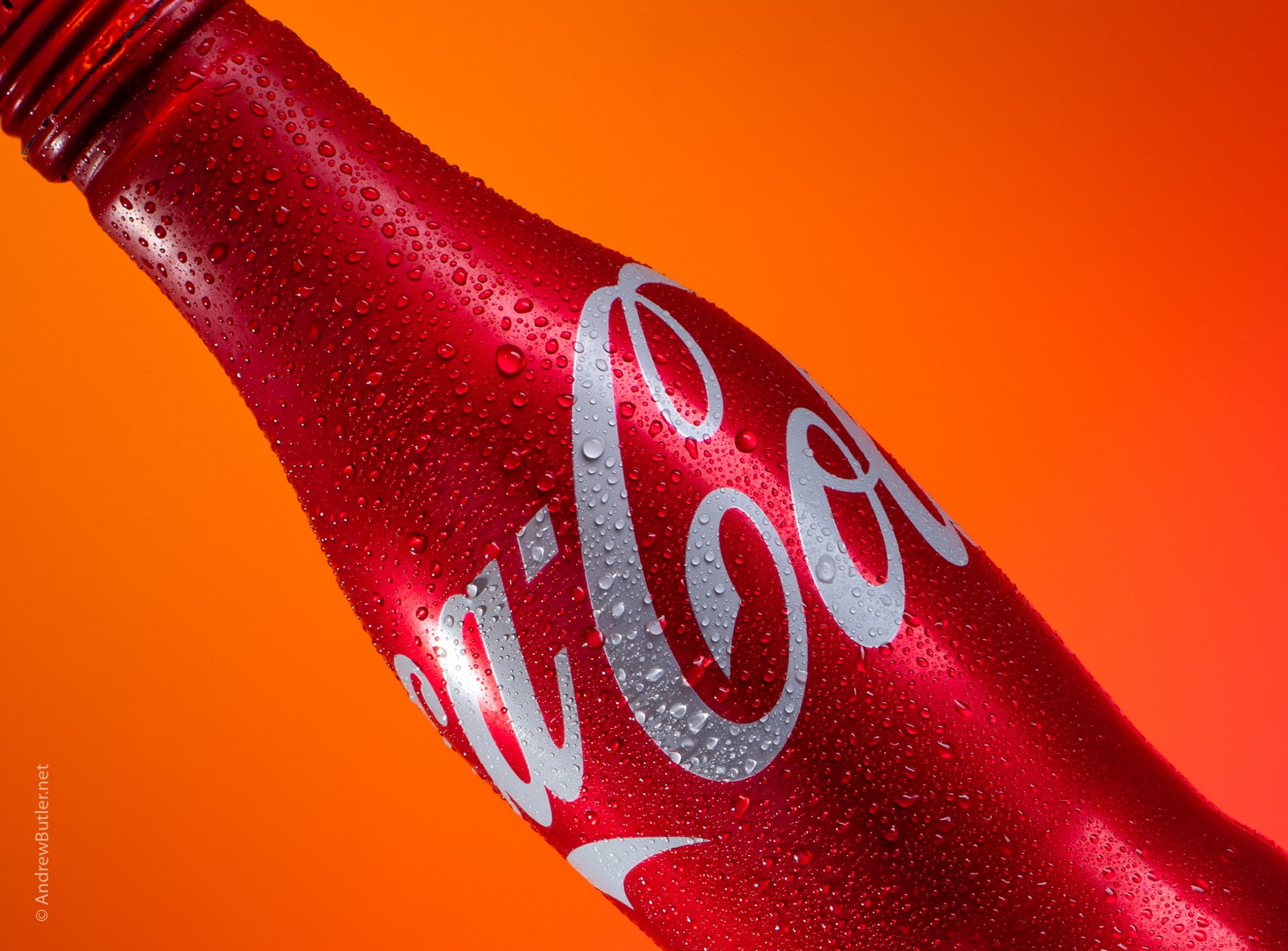Still life and product photography whether it is Exeter, Devon or nationwide has a potential problem. The exposure takes a fraction of a second, the setup can take hours. If the in-camera work is good the computer-based afterwork should be minimal but sometimes a bit of pragmatism is a useful way of saving time.
Apple Shots
There’s no real reason for this series of shots other than testing a simple setup with the speedlights and the radio transmitters. For the record the camera was tripod mounted and tethered using the basic Lightroom offering. The Yongnuo 622 transmitter mounted on the camera triggered;
- two Yongnuo speedlights to either side (softened with tracing paper screens and sharing a channel)
- one Nikon speedlight under the tile table (aimed at the white wall behind)
- one Nikon speedlight above firing through a medium sized softbox
Exposure was manual and if I’m honest trial and error rather than using the Sekonic, this really was a bit of a play around session. The lights were added one at a time, if you’ll excuse the pun I wasn’t trying anything flashy here, I wanted to see how easy it was to run everything from the Yongnuo controller. As ever shooting was done in Raw, I also tried adjusting to the ‘correct’ white balance in camera as well as running from auto. but the final white balance can often end up as a subjective choice, this is why it varies.
The point is that within reason a workable still life, product shot or packshot can be achieved without too much fuss on location making it affordable for clients. Of course a more developed result can be achieved certainly with the Bowens studio strobe setup that I have and probably even with the speedlights, but that wasn’t the point of this test.
Finally can I can genuinely compliment Waitrose on the quality of their apples, awesome?
Environ Shot
In many ways this shot is a continuation of the apple shot, using small gallery powered speedlights rather than larger studio strobes. Again it was in-part a product test (I’d bought some modifiers for the Nikon speedlights). As ever sometimes it’s good just to pare the setup down to the minimum.
Water Droplet Shots
The Coke tin is an aluminium bottle that came from Moma NYC; look at me clanging tins! The water droplets on this is were still wet having been sprayed on to a treated tin immediately prior to photography. However he droplets on the Vodka bottle were solid, the bottle surface was also treated but the liquid to create the droplets is relatively solid (once left for a while). These were both lit using more powerful studio lights the the lighting wasn’t very complex. In truth the the vodka bottle lighting was really simple, the prep of the bottle took a day however with a bit to careful handling the vodka bottle would have kept looking like this as long as I needed it to.
Samsung
So we end up with the diminutive Samsung drive which in many ways was the most demanding item to shoot. Though small the lights to shoot this were large studio lights that were controlled carefully. The highlight on the left side of the drive deliberately fades from the top to the bottom and the lighting on the front aspect does the same though more gently. I wanted the background to be neutral and to look like someone had dropped a gradient on in post. And the shadow was set to work in the space. I was aiming for an image that looked like it could be a render but the truth is that this is a well used drive that I took to Cuba because I had realised I’d have no online backup. The drive came out of my bag and the lighting did all of the work, the image is pretty much as the camera recorded it.
And there’s the rub with product photography, the craft that’s gone into the image may not be obvious to all but it is there. Equipment is essential of course but it’s knowledge and control that makes the difference.






